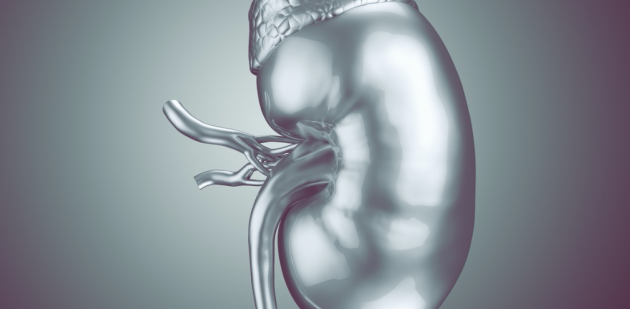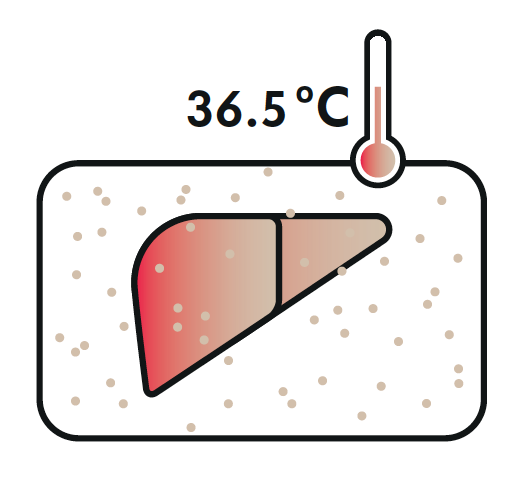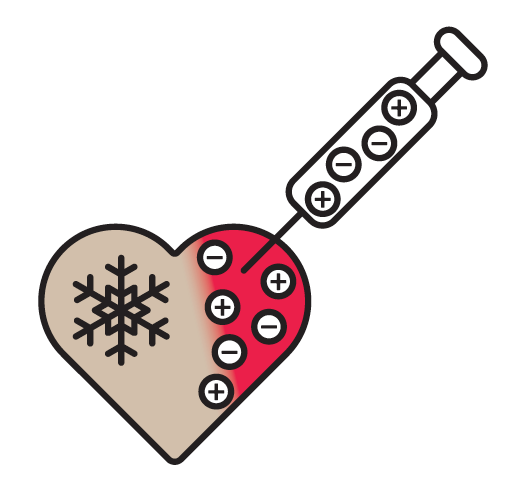
Livers awaiting transplant can now be kept alive using an “artificial uterus”. The “metra” – the Greek word for uterus – supplies the organ with blood and nutrients while maintaining it at body temperature.

This technique for organ preservation was designed by two researchers from Oxford University in 2013. Today, 25 of these devices are in use worldwide, and plans are to extend the concept to other organs. The graft can be stored in a metra for up to 24 hours, with its state of health monitored and nutrients supplied automatically based on its needs. Preserving organs at body temperature reduces the risk of damage and therefore increases the chance of successful transplant.
A team of US researchers hope to make up for the lack of transplantable organs by growing human organs in pigs. The experiment has already produced positive results with mice and rats.

One or more genes from cells in a fertilised pig egg are cut up, and the missing parts then filled with human stem cells. All that genetic tweaking produces a pig foetus with a human organ, which can be removed nine months later and transplanted into the stem cell donor. The process has worked with a mouse pancreas grown in a rat. But the genetic distance between people and pigs complicates things. Researchers from the University of Minnesota are studying growth mechanisms to obtain a fully human heart. If the project works, it could wipe out the need for immunosuppressants. And that would revolutionise transplants.
For decades, cryopreservation has proved useful with red blood cells, sperm and eggs. Scientists have recently managed to freeze and revive sections of cardiac tissue.

To avoid damaging a heart during the thawing process, researchers from the University of Minnesota injected the tissue with magnetic nanoparticles. Under the influence of the magnetic field, the nanoparticles generate a rapid, uniform burst of heat to warm the heart and minimise damage. Researchers are trying to apply the technique to whole organs, which would mean organs could be stored much longer.